Many hands make light work – ka pai Alliance!
Mā tini mā mano
Ka rapa te whai
Many hands make light work
Unity is strength
The Catlins has the southernmost beech forest in the country. The region contains a wide variety of native plants from seashore to subalpine zones and the wildlife of the area is accordingly abundant and diverse. This includes remnant endemic plant communities in threatened ecosystems such as dunes and dune slacks, estuaries, frost hollows, and red tussock lands. Many of which contain nationally threatened herbs, shrubs, and other plants. The forest and scrub associations are particularly interesting in that they support high numbers of birds and other animals compared to many other forested areas of the South Island. The Catlins Forest Park is home to a wide variety of native plants and wildlife. It contains rare species such as long-tailed pekapeka (bat), karearea (NZ falcon), red-crowned kakariki, mātātā (fernbird), mohua (yellowhead), and forest gecko.
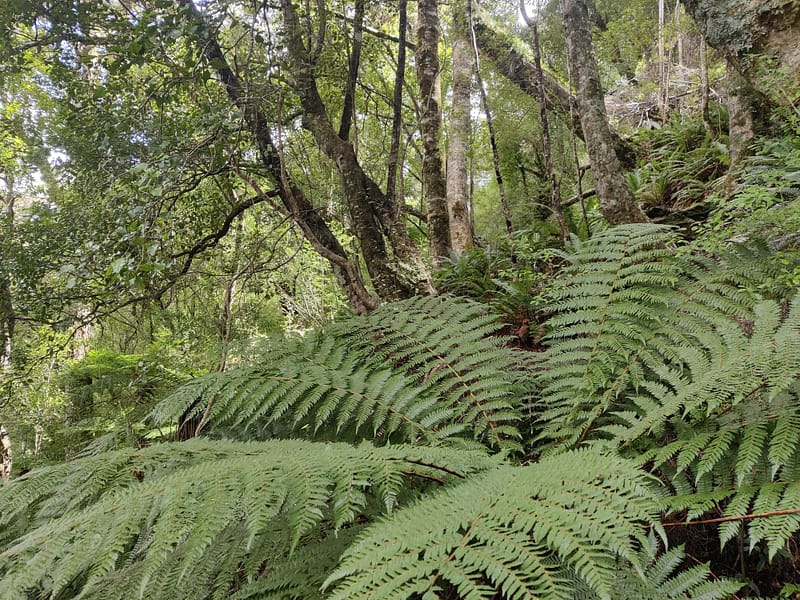
There has since been populations of gecko found adjacent to the control area in the Lenz reserve, and bird recorders have found long tailed bats near the control boundary. The coastal habitats are also very important as they support breeding populations of rāpoka/ NZ sea lions, Kekeno/ NZ fur seals and seabird species such as tītī/ muttonbird, hoiho/ yellow-eyed penguins and kororā/ little blue penguins. Some predator and monitoring control around nesting sites would benefit these endangered birds.
Of the small animal life, several exciting discoveries have been made. New species of millipede, and terrestrial snail were found at the Ajax Bog and elsewhere over the region. In view of the values, the Catlins region is regarded as being of outstanding importance to wildlife and all steps should be taken to protect all valuable habitats. In particular, these include one of NZ best coastal communities of lowland podocarp forests and also a stands of silver beech forests, with high-value estuaries, streams, and swamplands.

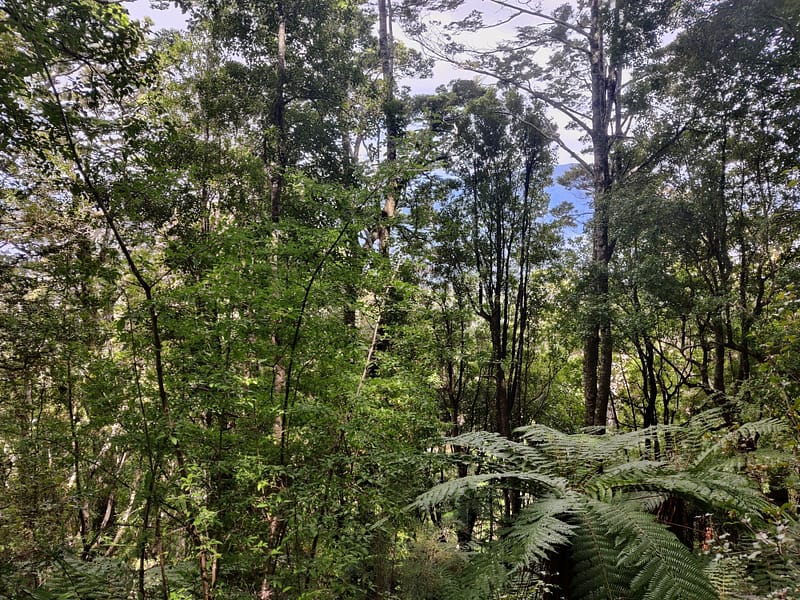
Furthermore, continued control of introduced mammals and restoration of deteriorating habitats will improve the natural environment. Coastal sand dunes are one of New Zealand’s, most threated environments. Widespread grazing and burning of dunes during the late 19th and early 20th centuries resulted in a decline in native vegetation and an associated increase in dune mobility.
It is hoped that some sort of replanting of these areas would be done in conjunction with the predator work in future years as the control area expands. These projects coincide with the native plant nurseries currently being established by the four rūnanga o Murihiku.
The first 3 years of the Catlins Biodiversity Project will focus on a 12,000 ha portion of this area.
Total Pests Caught in the Last Quarter:
Possums Caught in the Last Quarter:
Mustelids Caught in the Last Quarter:
Other Pests Caught in the Last Quarter:
The main outcomes for this initial 3-year period are:
Te ao Māori and the enhancement of Mātauranga Māori are at the core of this project, with the aim of reconnecting whenua to whānau.
This initial stage will provide a starting point for a larger project. It will run adjacent to the Traineeship Project (another Hokonui Rūnanga project), which will identify and upskill a base of employees to meet the specific needs of Ngāi Tahu and Southland.
This project will work with community groups conducting predator control in the reserve. These community groups could benefit from additional volunteers, if you are interested, please contact us for more information. Just let us know your area of interest (or willingness to learn!).
Volunteer activities could include anything from trap checking and trap box building, to managing data, tree planting, fundraising, and more.
If you own a business or are involved in a club that would like to donate funds or time to the cause, we would love to hear from you as well!
Mā tini mā mano
Ka rapa te whai
Many hands make light work
Unity is strength
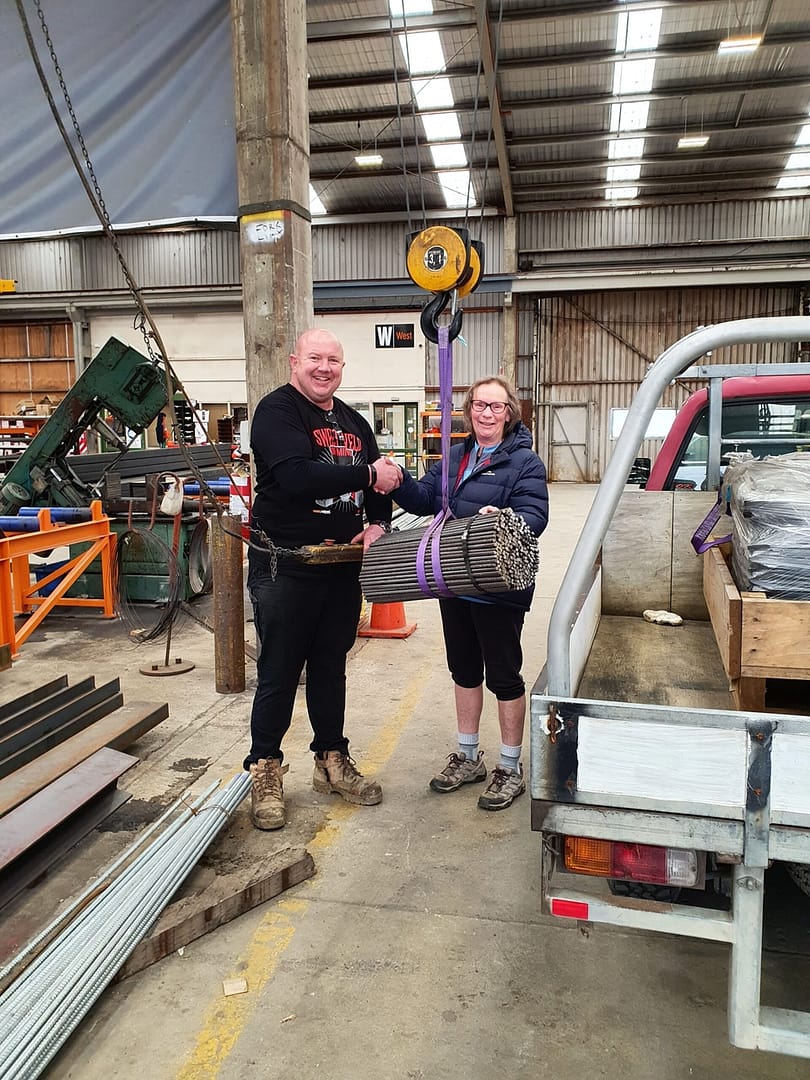
The team at the Hokonui Rūnanga are constantly amazed at the generosity and goodwill of the people and
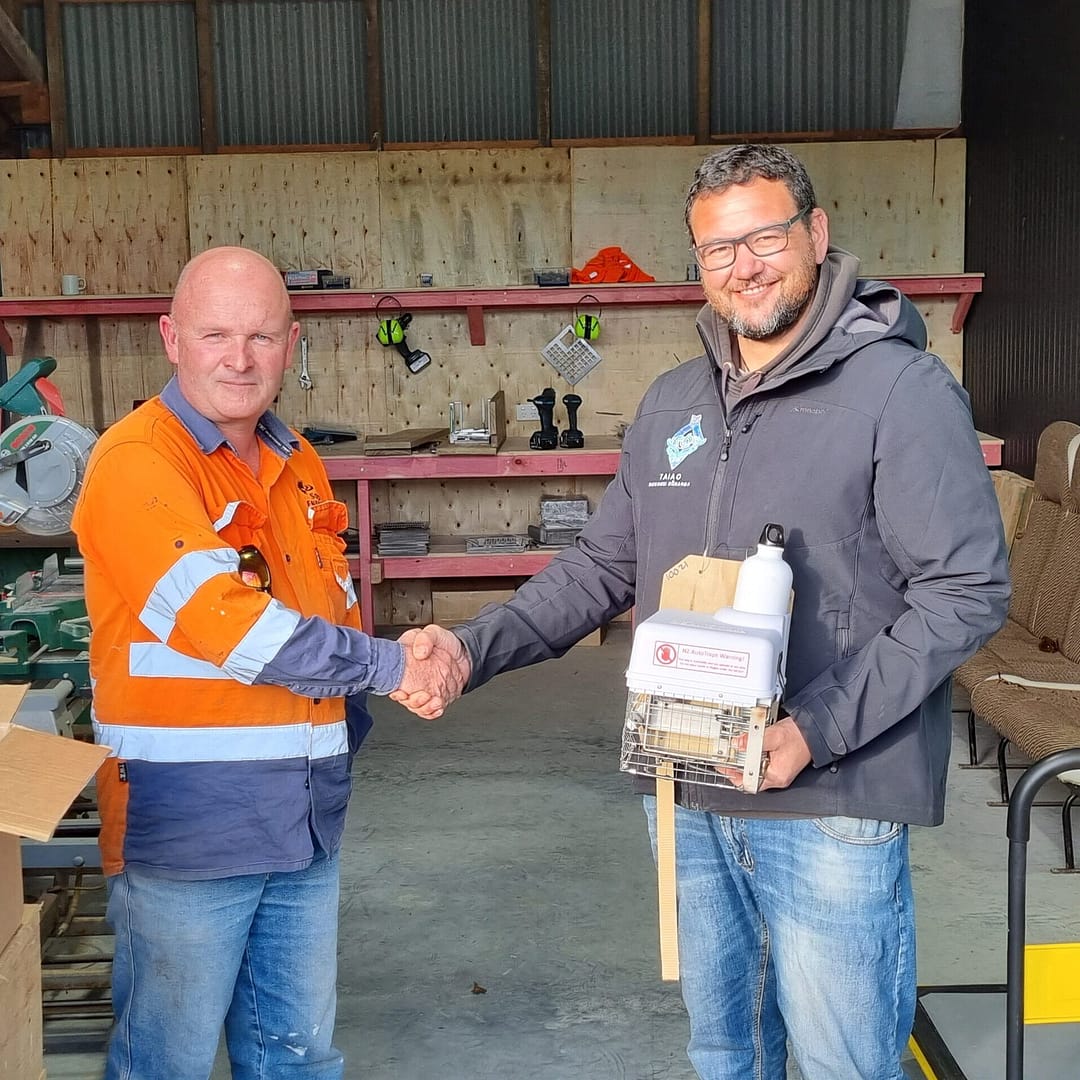
Collaborative governance between both New Vale and the Hokonui Rūnanga has been a tale of success. They are
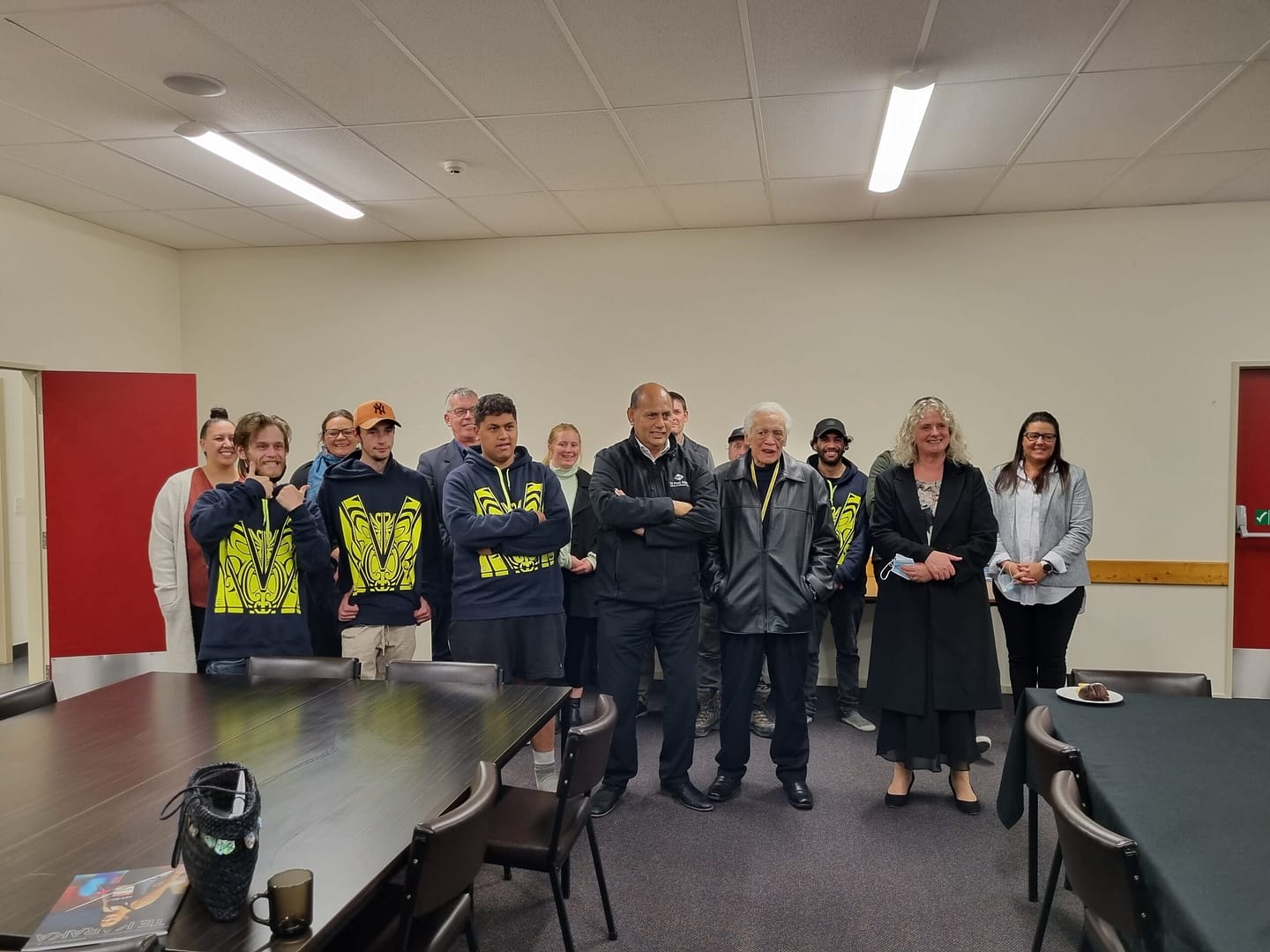
On Wednesday 27 April, we were very lucky to have the Minister for Māori Development Willie Jackson join